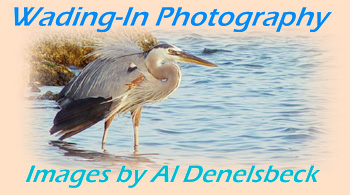Canon 300D Rebel, handheld
Reversed Sigma 28-105 at f16
1/200 second at ISO 250
Sunpak FP-38 flat panel flash w/ softbox
Canon 300D Rebel, handheld |
| Did you pause? | |
 |
|
I am well aware that the photographers who shoot images of bunnies and babies and all that are finding their images immensely more popular than most of my own, especially when I go in for the extreme closeups of some insect species. From a sheer marketability standpoint, I'm not taking the right approach.
But most of us shoot what interests us, and if someone shares that interest, that's great. It's even better if we somehow end up provoking an interest, introducing someone to something that captures their attention despite their lack of interest in the subject, or even their initial distaste. There are a lot of reasons why I photograph arthropods so much, but at the top of the list is the fascination I find in the anatomy and behavior, often hidden in a size that can make it difficult to distinguish without help.
And the clash of emotions that any image might provoke is also entertaining. The raw appearance of this Niesthrea louisianica can easily be considered grotesque I suspect, but the vividness of the coloration often sparks a positive response from people, just because of the bright colors. If anyone lingers on the image for whatever reason, then I've accomplished something.
Which then gives me the opportunity to point out the curious structure that most Hemipterans possess, the needlelike proboscis that serves as a "mouth." There are actually two primary structures made up of several parts each: the hard piercing parts, pale and appearing like another leg unless one looks closely, and the dark, shiny, threadlike portion spanning across the bend, both of these starting from the "nose" of the bug. They're actually separable, but work in conjunction so often that it's hard to see them apart. The jointed bits pierce down into the food source (here a plant, but just as often among the Hemipterans it's another insect,) and the thin portion draws up the nutrition like a straw. It would have been nice to have the foreleg completely out of the way, but it's somewhat challenging to get any kind of arthropod to pose, and I considered myself lucky to see this behavior at all from a captive subject.
This is a "studio" shot, the N. louisianica having been collected earlier in the day and brought indoors for more control. The food plant is simply a sprig from an azalea bush. With the sprig held in a small clamp on a tabletop, I was able to position it for good vantage while bracing my arms on the table and getting a steadier shot at such a high magnification. The insect was about 10mm in overall length, with the head maybe slightly larger in girth than the head of a straight pin. And while the proboscis detail was what I was after, I find my eyes straying to the candy-striped thorax just as much.
